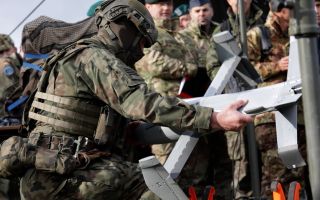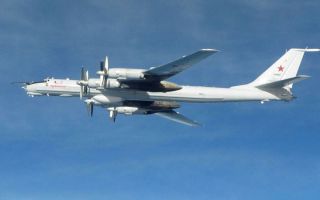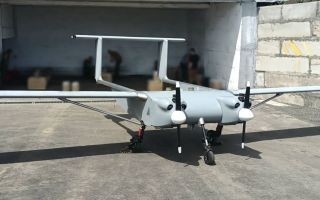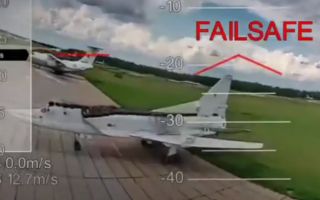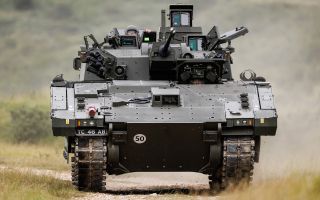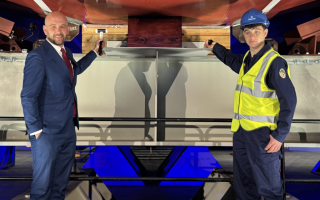Ejection: The last resort that may have a lasting impact on the height of aircrew
Hitting eject is the last resort for a pilot and aircrew – it means all else has failed and the aircraft is going down.
But, while a life-saving tool, it's been found that it can reduce the height of those who hit eject.
An ejection happens so fast that, by the time you've read this far, a pilot would have ejected from an aircraft as it reaches speeds greater than 600mph.
In 2021, the University of Notre Dame released a paper on the effects of ejecting from a fighter jet.
It found that 20-30% of those who survive the ejection endure spinal fractures.
During an ejection, the rocket-propelled ejection seat throws the pilot up and out of the aircraft.
There, they experience 18 G forces, which is around 18 times their bodyweight of force.
As the aircrew are ejected, they're accelerated through the air, where the force compresses the spine.
Ewen Cameron, the curator of the Reserve Collection at the RAF Museum, explains how the ejection process works on a Mk 6 Martin-Baker ejection seat, which would have been fitted to a Blackburn Buccaneer aircraft.
"We've got a handle at the top, but we also have a handle at the bottom," he said.
"This allows you two ways of ejecting, with this sort of seat, the idea was you use both hands to grab this handle [at the top] and pull a blind down over your face, which protected you from blast."
Mr Cameron explained that the Martin-Baker Mk 9, which would have been fitted to a Jaguar and Harrier, has a handle at the bottom between a pilot's legs to eject.
"In the Harrier, you actually had a bigger rocket motor to ensure you could get clear of the aircraft if, for instance, it was hovering close to the ground."
A B-1 Bomber aircrewman, who had to eject in Afghanistan, reported he lost an inch in his height after hitting eject. He said it was the most violent thing he's ever felt in his life.

